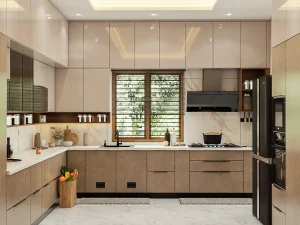
Before the 1960s, home air conditioners were rare. Only ten percent of homes were equipped with them. Today, air conditioning is common in most homes. But how do you choose the best home air conditioner for your home? Here are a few things to consider. Before buying a home air conditioner, make sure you check the SEER rating and the BTU capacity.
A home air conditioning system can be purchased in many different styles and sizes. Some types are central and drive an outdoor compressor, while others are small plug-in units that mount to a window or stand on a floor. However, the basic working components are the same for all air conditioning systems. They all use refrigerant, a compressor, and condenser and evaporator coils to transfer heat.
The size of your home will also affect which type of home air conditioner you need. A large home with a lot of windows will need a larger air conditioner than a smaller home. Additionally, a larger home will receive more direct summer sun. In addition, the age and insulation quality of your home will determine your cooling requirements.
While buying a home air conditioning system, you should also consider how to maintain its efficiency. A properly functioning air conditioner can save you money and improve the comfort of your home. A good unit can provide enough cooling to make your home comfortable in the summer. A good unit will also reduce humidity levels in the home, which is an important factor in air quality and comfort.
When buying a home air conditioning system, remember to ask questions and get a free estimate. A good contractor should also be willing to answer questions about your home’s environment and energy consumption. If the equipment in your home is more than 10 years old, it’s time to replace it. It’s best to replace it with an energy-efficient ENERGY-STAR system. This way, you’ll save money and energy, and your home will help protect the environment.
Using a BTU calculator is a great way to determine what type of air conditioner you need for your home. There are many choices, including portable units and wall units. If you have a limited budget, you may be able to get by with a smaller wall air conditioner or window air conditioner.
You should also check the ductwork to see if there are any clogs. If you notice any ice or snow on the coils, de-icing it will help to clear the system. It will take at least a day or two to thaw out the ice. When it’s done, turn the power on and adjust the thermostat to the desired temperature. However, beware of the risk of exposure to the refrigerant.
Another option for cooling your home is a fan. Fan-powered window and box fans will work well in cooling down a room. But if you’re looking for a more efficient cooling solution, you can also opt for pedestal fans with an oscillation feature. Similarly, industrial and blower fans are good choices for larger rooms.






